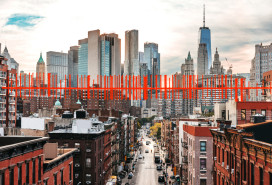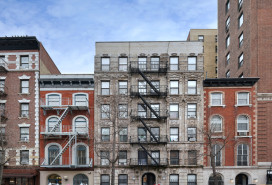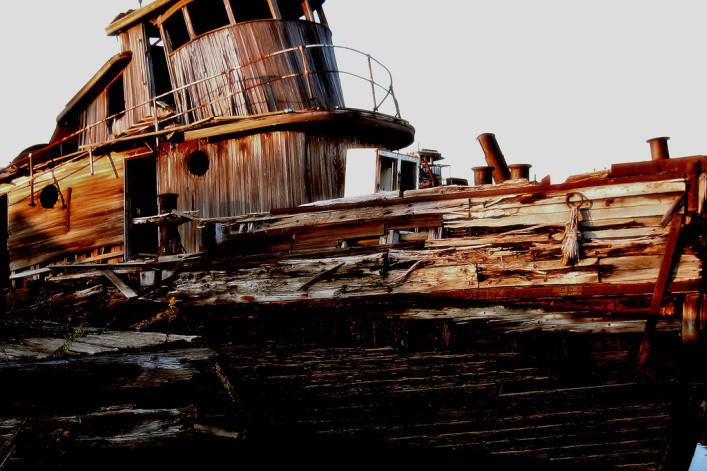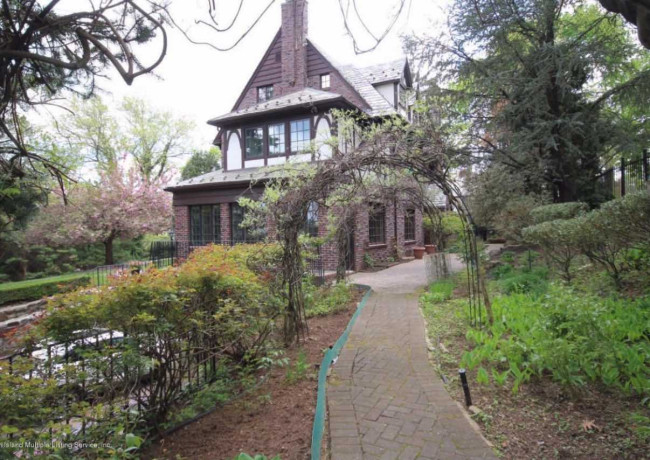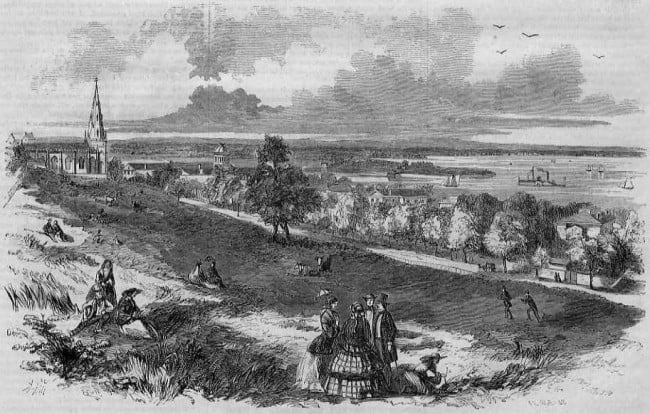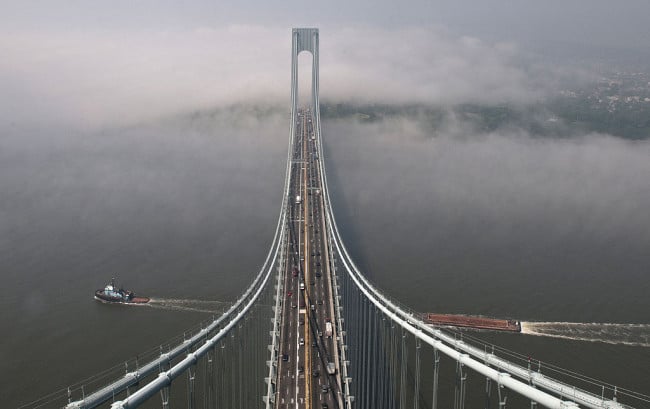The insider's guide to Staten Island's South Shore
The biggest island in the harbor has changed a lot since Giovanni da Verrazzano (yes, that’s two Zs!) sailed into the Narrows, “discovered” it, then headed north after little more than a wave to the natives. Since then, a Revolutionary War battle was fought there, its oysters became the world’s favorite then were befouled, the movie industry’s first Westerns were committed to film there, four bridges were built to connect it to Long Island and the mainland, and the world’s largest garbage dump has come and gone.
But you knew all that, right? Whether you did or didn’t, here are a few things you probably hadn't heard about the place Henry Hudson named "Staaten Eylandt”
The Island is split by the Staten Island Expressway (that’s Interstate 278 between the Verrazano-Narrows and Goethals bridges) into the densely settled older neighborhoods of the North Shore and the post-1964 boomtowns of the once-bucolic South Shore. In this article we will focus on the South. (If you missed our rundown of the North Shore's unsung history, you can find it here.)
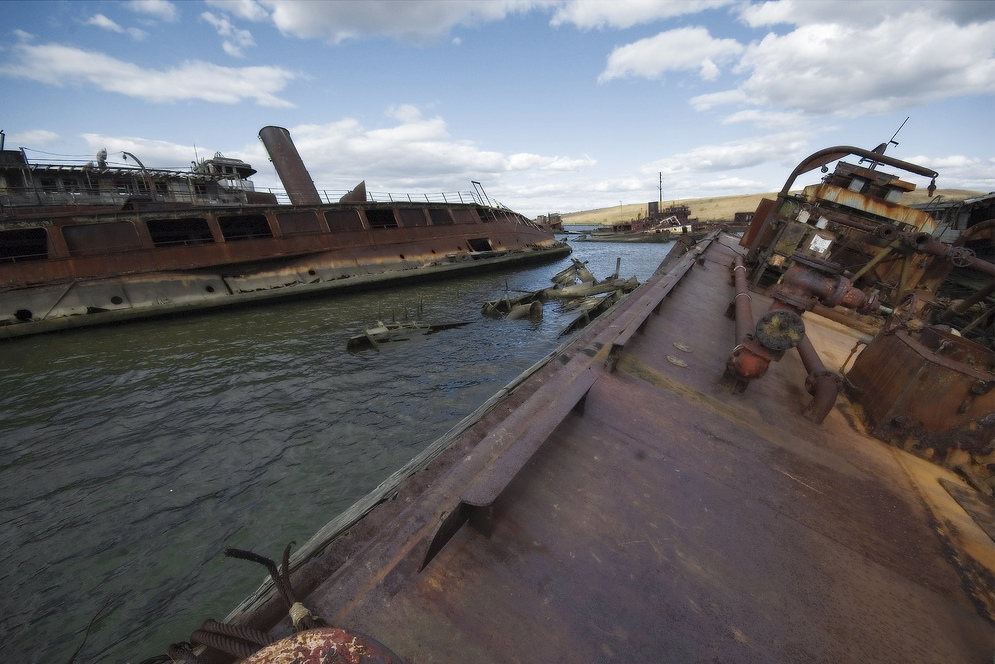
There’s a boat graveyard in the Arthur Kill
Where do boats go to die? Rossville, Staten Island, of course. It used to be a boat junkyard, a place where boats could be stripped down and sold for parts, But when ownership couldn’t keep up with the demand to dump ships, it became the Island’s first garbage dump. Today, the boats there can be seen from space (well, just like everything else).
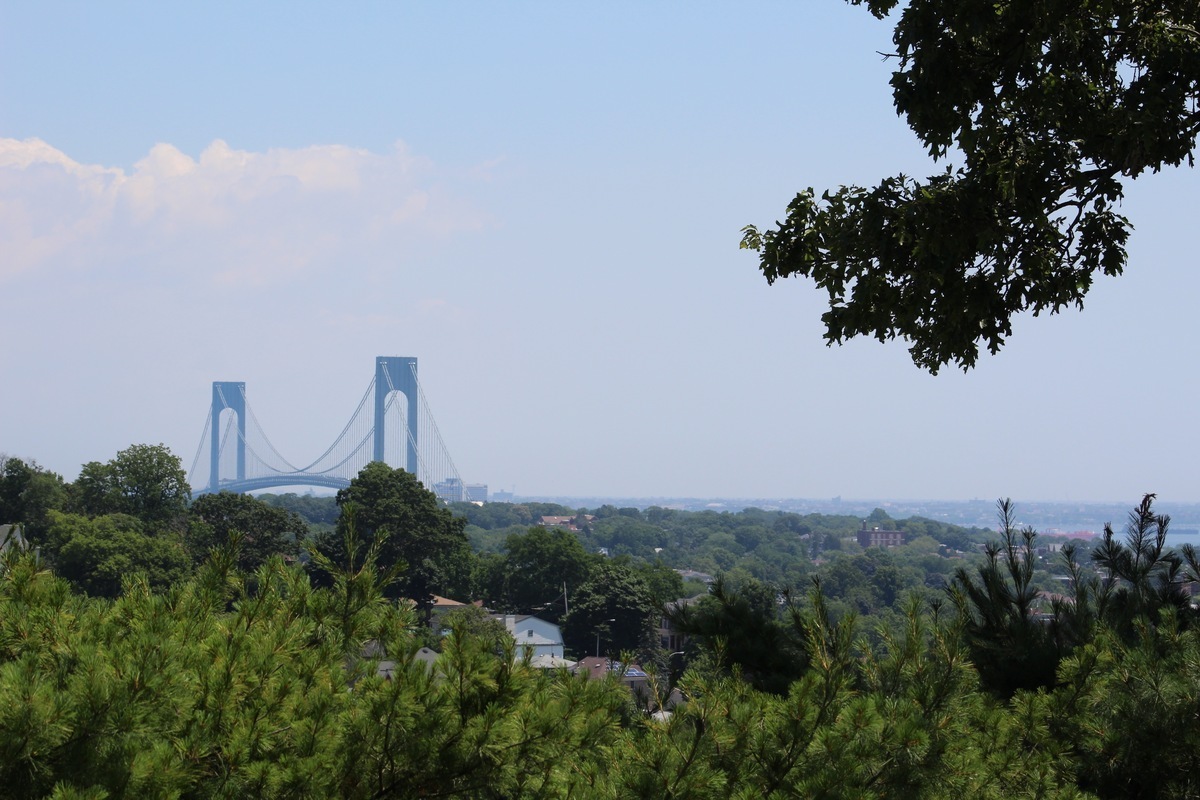
Todt Hill is the tallest in the city
At more than 400 feet, Todt Hill is without question the highest point in the city and arguably the highest point on the eastern seaboard south of Maine (some claim that distinction goes to the Atlantic Highlands across the harbor, but their “Mt. Mitchell” is a mere 266 feet). For years, the rich have taken the high ground, as Todt Hill is Staten Island’s most exclusive enclave, home to the Richmond County Country Club (a private golf course with fantastic views) and Staten Island Academy.
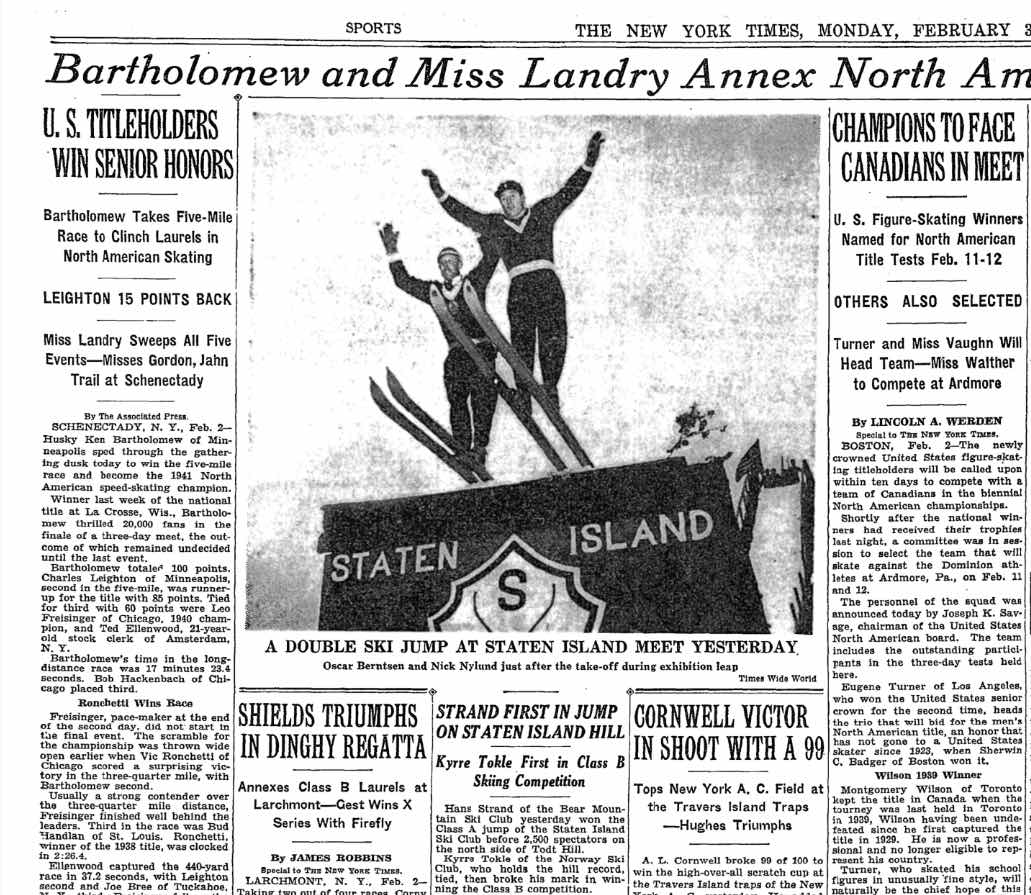
Oh, and there once was a ski jump on Todt Hill
Before the Staten Island Expressway cut the Island in half, professional skiers from around the world headed to Todt Hill to practice and compete. In one contest in 1941, Hans Strand of the Bear Mountain Ski Club defeated competitors from Norway following a downhill race.
There are horse riding paths on the South Shore
Both the West Shore and Clove Lakes stables closed years ago, but bridal paths still exist way down in Charleston at the state-run Clay Pit Ponds Preserve, a park that gets its name from the clay pits mined to make bricks there back in the 1800s.
An elephant swam to New Dorp from Coney Island
No, a giant squid never sank a ferry boat in 1963. But an elephant did break out of Luna Park on Coney Island and swam across the Narrows to New Drop Beach in 1904. He was spotted moving quickly through the water by some fishermen in rowboat who first mistook him for a whale and, oddly, a rhinoceros. Police kept the elephant in a station house stable until that night, when Luna Park officials picked him up and and ferried him home.
The South Shore once had an amusement park that rivaled Coney Island
Erastus Wiman came to Staten Island from Canada with big dreams, one of which was to turn South Beach into the next Coney Island. He built a rail line from St. George (which he named for a backer, not a saint) to the shore. Soon thereafter, Happy Land, with its rollercoaster, bathing pavilions, and tea garden, welcomed hundreds of thousands of people each summer. Alas, pollution and the Great Depression put an end to the fun, but the Franklin Delano Roosevelt Boardwalk is still a great place to take a quiet stroll, sans the big crowds. As for Wiman, well, like many who have banked on Staten Island, he died penniless.
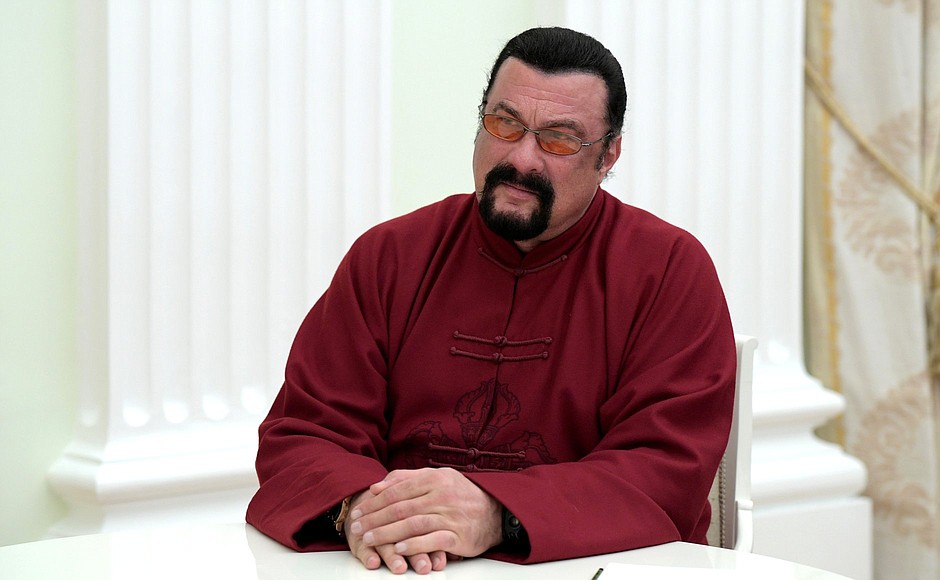
Yes, we have a Steven Seagal connection
If you haven’t read the Onion AV Club’s seminal interview with rap duo Run the Jewels about Steven Seagal, you need to right now (or shortly after you finish this). But know that it leaves out a very important point: He lived on Staten Island near the water off Woods of Arden Road. I know, because I delivered Chinese food to him in the ’80s. But I didn’t get to see his wife at the time, Kelly LeBrock.
Frederick Law Olmsted loved it here
In fact, the designer of Central and Prospect parks' 19th century Staten Island house still stands, and is now, not so surprisingly, a park. Also unsurprisingly, it is above Hylan Boulevard, out of the flood zone like most historic buildings on the Island.
Dorothy Day and the Staten Island Advance
Before being considered for canonization by the Catholic Church, the suffragette owned a house on the South Shore, not far from Olmstead’s place, in an area known as the Spanish Camp. To make ends meet, she wrote a gardening column for the local newspaper.
The Staten Island Advance–New Yorker connection
Ever read the masthead of the New Yorker magazine? Way down at the bottom is the name of the company that owns the Conde Nast magazine empire: Advance Publications. That comes from the name of the first successful newspaper owned by Samual I. Newhouse, Sr., the Staten Island Advance. The Newhouse family made a fortune in print, enough to buy Conde Nast in 1959. Conde Nast acquired the New Yorker in 1985.
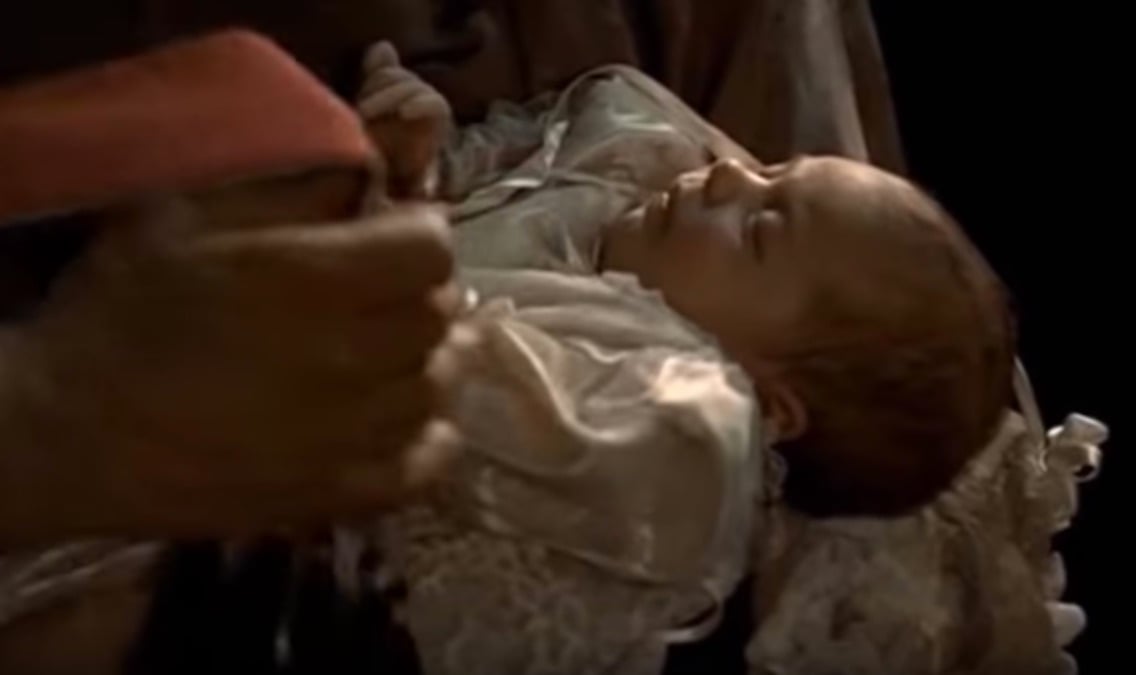
Sofia Coppola was baptized here
Well, kind of. Exterior shots for the final scene of The Godfather, where Michael’s son becomes a member of the Catholic faith while the Corleone family’s business matters are settled, were filmed at the church at Mount Loretto on Hylan Boulevard. Michael’s son was actually Francis Ford Coppola’s newborn daughter. In fact, The Godfather begins and ends on Staten Island—the family’s “Long Island” compound where the opening wedding takes place and where Michael officially becomes godfather at the end were shot on Longfellow Avenue on Todt Hill.
Our inedible oysters were once famous
Raritan Bay was once world-renowned for its tasty bivalves. The oysters there were considered the best in the harbor, which once contained 220,000 acres of oyster beds. The industry that thrived here from the late-1800s to the 1920s, when it became another victim of pollution. The last beds in the city were deemed off-limits in 1927.
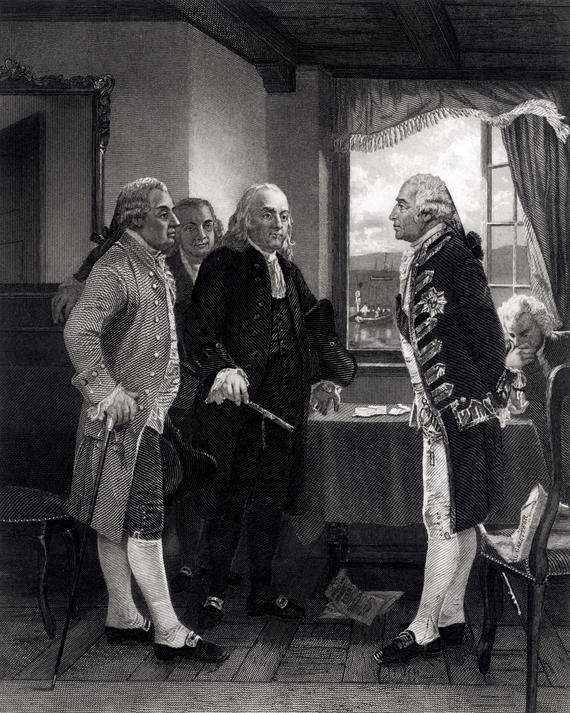
Benjamin Franklin tried to end the Revolutionary War here
Staten Island was occupied by the British for most of the war, and Franklin joined John Adams and Edward Rutledge at the Billop House in Tottenville for the Staten island Peace Conference with Admiral Lord Richard Howe in September of 1776. That didn’t work out, but the Conference House still stands and is now part of a city park at the southern tip of New York state in Tottenville.
Two Saturday Night Live cast members are from here
That would be Colin Jost and Pete Davidson, who both grew up in Great Kills. Jost, who wrote and had a role in the movie Staten Island Summer, was very cordial to my wife and I when we met him outside of Mario’s restaurant on Richmond Road after we had dinner there. He was picking up his food to go.
There was an organic farm here—in the 1940s!
Back then, the science of farming was all the rage, with fertilizers and whatnot turning America’s family-owned farms into Big Agriculture. But not in Rossville, where Richard Gericke bucked the trend on his 22-acres, using coffee beans as a base for growing some of the best carrots, beets, beans, and tomatoes without using pesticides. Even then, people traveled from far away to get the old-school vegetables, according to Organic Farmer magazine, which did a feature on Gericke’s operation back in 1949. The farm remained until the late 1970s, and it's now a working farming museum—one of two, along with Decker Farm on Richmond Hill Road, on the South Shore.
Vince DiMiceli is the editor-in-chief of The Brooklyn Paper. He lives on Staten Island’s North Shore with his wife and son.
You Might Also Like










